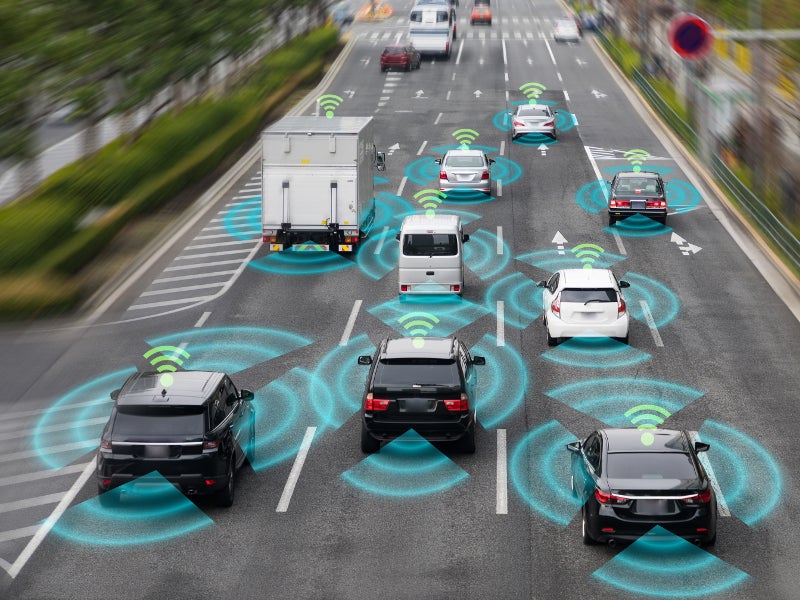
More than 50 years ago Marvin Minsky made the first attempt to mimic the human brain, triggering further research into computers’ ability to process information to make intelligent decisions. Over the years, the process of automating image analysis led to the programming of algorithms. However, it was only from 2010 onward, when there was acceleration in deep learning techniques. In 2012 Google Brain built a neural network of 16,000 computer processors which could recognise pictures of cats using a deep learning algorithm.
Listed below are the major milestones in the computer vision theme, as identified by GlobalData.
1959 – The first digital image scanner was invented by transforming images into grids of numbers.
1963 – Larry Roberts, the father of CV, described the process of deriving 3D info about solid objects from 2D photographs.
1966 – Marvin Minksy instructed a graduate student to connect a camera to a computer and have it described what it sees.
1980 – Kunihiko Fukushima built the ‘neocognitron’, the precursor of modern Convolutional Neural Networks.
How well do you really know your competitors?
Access the most comprehensive Company Profiles on the market, powered by GlobalData. Save hours of research. Gain competitive edge.

Thank you!
Your download email will arrive shortly
Not ready to buy yet? Download a free sample
We are confident about the unique quality of our Company Profiles. However, we want you to make the most beneficial decision for your business, so we offer a free sample that you can download by submitting the below form
By GlobalData1991-93 – Multiplex recording devices were introduced, together with cover video surveillance for ATM machines.
2001 – Two researchers at MIT introduced the first face detection framework (Viola-Jones) that works in real-time.
2009 – Google started testing robot cars on roads.
2010 – Google released Goggles, an image recognition app for searches based on pictures taken by mobile devices.
2010 – To help tag photos, Facebook began using facial recognition.
2011 – Facial recognition was used to help confirm the identity of Osama bin Laden after he is killed in a US raid.
2012 – Google Brain’s neural network recognized pictures of cats using a deep learning algorithm.
2015 – Google launched open-source Machine learning-system TensorFlow.
2016 – Google DeepMind’s AlphaGo algorithm beat the world Go champion.
2017 – Waymo sued Uber for allegedly stealing trade secrets.
2017 – Apple released the iPhone X in 2017, advertising face recognition as one of its primary new features.
2018 – Alibaba’s AI model scored better than humans in a Stanford University reading and comprehension test.
2018 – Amazon sold its real time face recognition system Rekognition to police departments.
2019 – The Indian government announced a facial recognition plan allowing police officers to search images through mobile app.
2019 – The US added four of China’s leading AI start-ups to a trade blacklist.
2019 – The UK High Court ruled that the use of automatic facial recognition technology to search for people in crowds is lawful.
2020 – Intel will launch the Intel Xe graphics card pushing into the GPU market.
2025 – By this time, regulation in FR will significantly diverge between China and US/Europe.
2030 – At least 60% of countries globally will be using AI surveillance technology (it is currently 43% according to CEIP).
This is an edited extract from the Computer Vision – Thematic Research report produced by GlobalData Thematic Research.





Related Company Profiles
Meta Platforms Inc
Google LLC
Intel Corp
Amazon.com Inc
Apple Inc